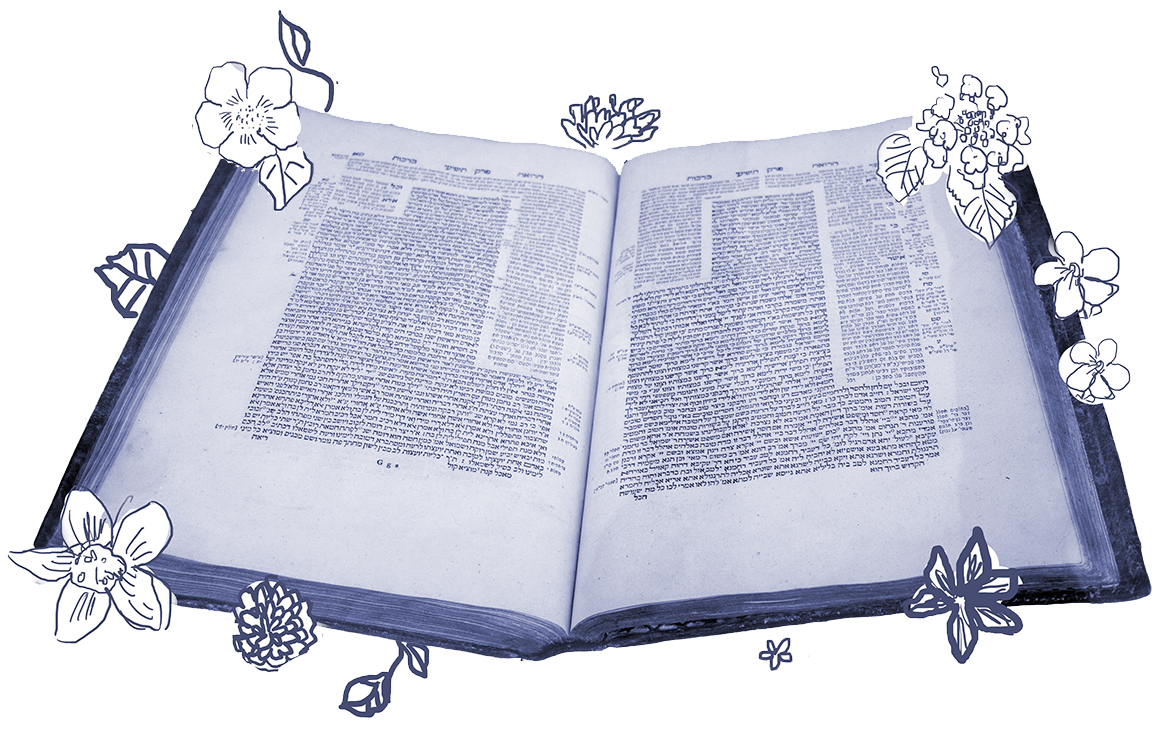As we know from countless biblical and talmudic examples, ancient Israel and Babylonia were primarily agrarian economies. Though they did not have internet access to the Farmer’s Almanac nor the benefit of modern scientific understanding, they did have methods of predicting whether crops would succeed or fail. For example:
Rabbi Abba said to Rav Ashi: We teach this matter of signs concerning crops with regard to the statement of Rav Yitzhak bar Avdimi, as Rav Yitzhak bar Avdimi says: At the conclusion of the final day of the festival of Sukkot, everyone looked upon the smoke rising from the arrangement of wood on the altar. If the smoke inclined toward the north, the poor were glad and the homeowners were sad, because this was a sign that the year’s rainfall would be plentiful, but the produce would decay.
A south wind is one that blows from the south and therefore in a northerly direction. South winds, which pushed the smoke of the late Sukkot sacrifices to the north, indicated that significant moisture would follow — good for the poor because it would increase crop yields and drive down prices, but bad for the wealthy because the humidity would ruin the crops tucked in storehouses. Growers would make less because they’d have to sell quickly at a lower price.
According to the Gemara, wind from the other three cardinal directions also had predictable consequences:
If the smoke inclined toward the south, the poor were sad and the homeowners were glad, because this indicated that the year’s rainfall would be sparse and the produce would be meager but would store well. If the smoke inclined toward the east, everyone was glad. If the smoke inclined toward the west, everyone was sad.
While, as previously described, a south wind is good for the poor and bad for the wealthy, a north wind is exactly the opposite: portending a dry growing season, it meant fewer crops that would sell for more money that the poor didn’t have. In contrast, everyone loves a west wind (if you’re in Israel, this comes off the Mediterranean) because it brings just enough moisture to ensure abundant crops that won’t spoil, and everyone suffers from an east wind (which, for residents of ancient Israel, swept in from the dry desert) because that portends drought.
The Gemara brings a beraita that disputes the first set of warnings:
An east wind is always beneficial, and a west wind is always harmful.
According to our first teaching, east winds always portend drought while west winds benefit everyone. But this beraita teaches the exact opposite. How can these opposite sets of claims be justified? The Gemara explains:
This is not difficult. This, the east wind, is for us, in Babylonia, and that, the west wind, is for them, in the land of Israel.
Both sources are correct; it just depends where you are located. In Babylonia, an east wind is beneficial, because water is plentiful there, and a drier wind does not harm the crops. (It’s not called the Fertile Crescent for nothing.) In Israel, the east wind is harmful, because water is scarce, and the east wind ruins the crops, whereas the west wind brings the necessary rain.
Sukkot wasn’t the only time of year that people paid close attention to the weather. We learn in another beraita that clear skies on Shavuot portend good weather all year and the temperature on Rosh Hashanah indicates whether it will be a warm or cold year. The Talmud wraps up this discussion by asking about whether there is anything practical to be done with this information:
What difference is there whether one knows this or not?
The difference is with regard to the prayer of the high priest, who would pray on Yom Kippur for beneficial weather.
Though the winds offer a prediction of where the weather is headed, the forecast is not set in stone. Knowing what was in store, the high priest could formulate the most effective prayers at the time when he had God’s ear on Yom Kippur.
Read all of Bava Batra 147 on Sefaria.
This piece originally appeared in a My Jewish Learning Daf Yomi email newsletter sent on November 19, 2024. If you are interested in receiving the newsletter, sign up here.
With your help, My Jewish Learning can provide endless opportunities for learning, connection and discovery.



